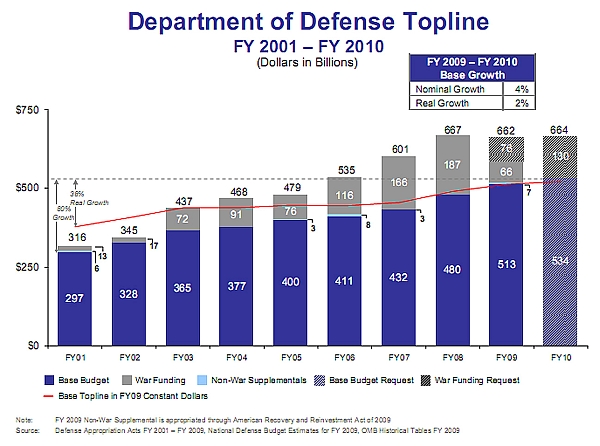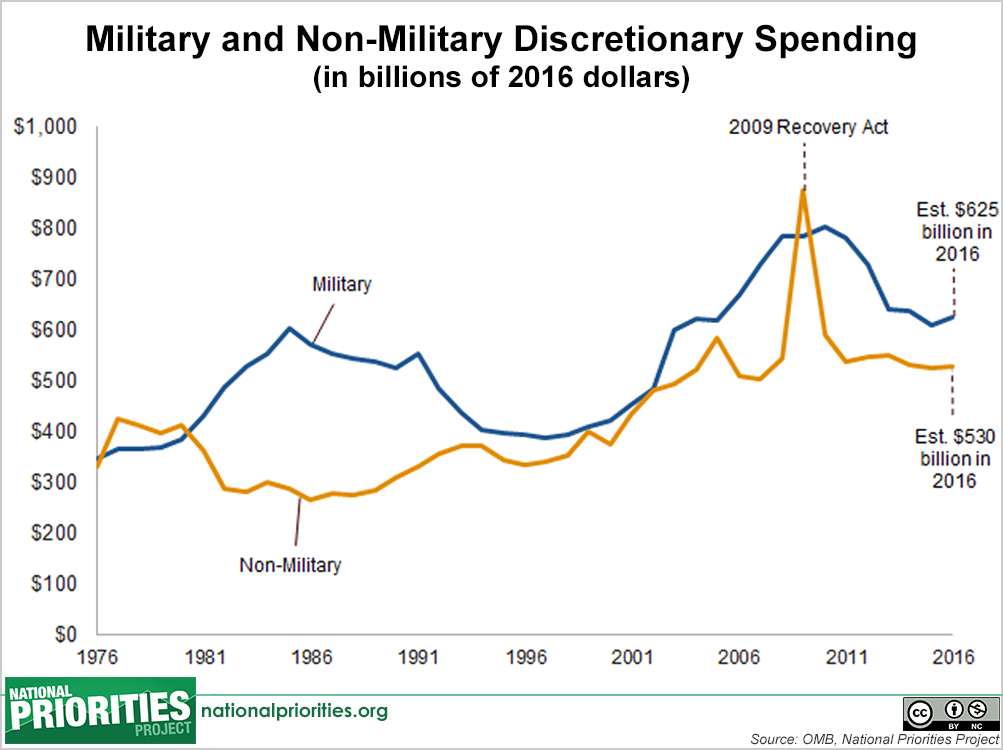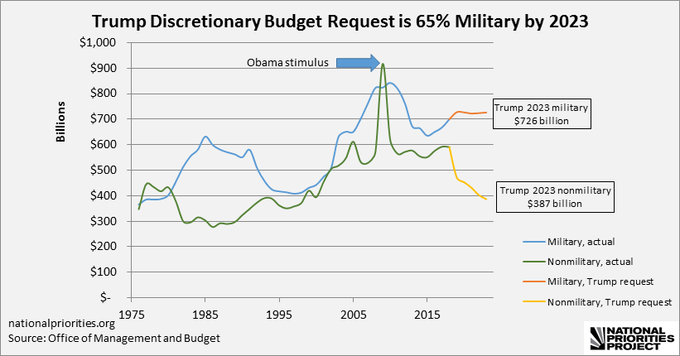

Mueller said after 17 days in Alberta, he and his team were relieved by an Australian one. Photograph: Quentin Tyberghien/AFP/Getty Images

There is also broad recognition by the international science community that an increase in catastrophic fire means an increase in carbon emissions, fueling a vicious cycle of intensifying climate conditions.Īccordingly, crews across the world are often ready to battle blazes wherever they are burning.įrench firefighters look on as they battle fires north from the city of Chibugamau, Quebec, in Canada on 12 June. Hot, dry weather in Canada is expected to last months, but high-risk conditions are likely to arise elsewhere and countries may soon have to call their firefighters home. Instead, you stand off at large distances, build a big box and do burnout to contain it.” In the massive fires, they’re just too hot – you can’t get close to it anyway. They’re gonna make a stand, come hell or high water, they’re gonna save this house,” said Gray. “In California, you see these structural fire crews battling wildfires. In Canada, there are rarely dramatic images of fire crews rushing to save burning communities, largely because the bulk of the country’s wildfires burn in relatively remote locations. “The values shared between Canadian and American firefighters are the same: if a fire is threatening your community or critical infrastructure they attack and defend,” he said. Wildfire ecologist Robert Gray said that on-the-ground realities dictate the difference in strategies between the two countries and this has led to incorrect assumptions that Canadian crews take fewer risks.

“We were used to operating in a 24-hour environment,” Mueller said, but he and his crew had to head out after a 12-hour mark, in order to abide by Alberta rules, which mandate periods of rest to protect against stress and fatigue. That ethos is also applied to working conditions.Įven though the 4.30am sunrise and 11.30pm sunset allowed for more daylight hours on the fire line, the American firefighters found they had to cut their typical shifts short. “The overall goal is to save human life – and that includes their own firefighters not just the public,” Mueller said. The shelters aren’t always reliable, especially in the types of terrain where Canadian crews often fight fire. While the tool is considered an essential “last-resort” protection by American agencies, Canadian strategies focus on ensuring firefighters aren’t put in situations where they might have to rely on the devices. But Mueller and his team found that in Canada, far fewer firefighters were sent in early. The “initial-attack phase” is seen as essential to stop ignitions turning into infernos. In California, where mountain towns and communities are tucked into the most vulnerable forested canyons, a layered matrix of agencies act quickly. But Canadian policies, determined by each individual province, required some shifts in strategy. Along with new types of terrain, US firefighters in Canada have encountered different techniques in the early stages of a burn, a new set of safety protocols, and contrasting requirements for protective equipment.Īs federal firefighters who have worked across the US, Mueller and his team were accustomed to dropping into new jurisdictions and containing flames on a variety of vegetation-types. Photograph: Shannon Stapleton/Reutersīut key differences in approach have prompted new questions about best practices in the face of a global challenge. Haze and smoke from the Canadian wildfires shroud the Manhattan skyline, on 7 June.


 0 kommentar(er)
0 kommentar(er)
